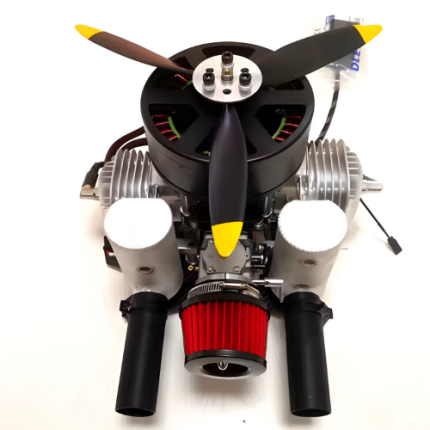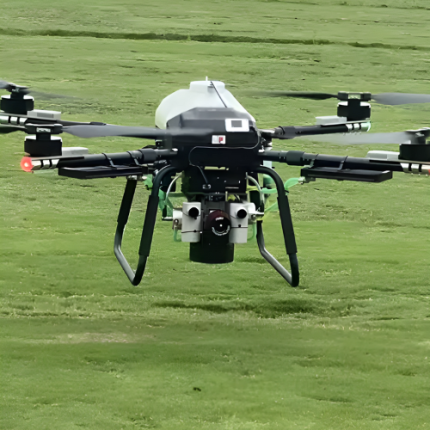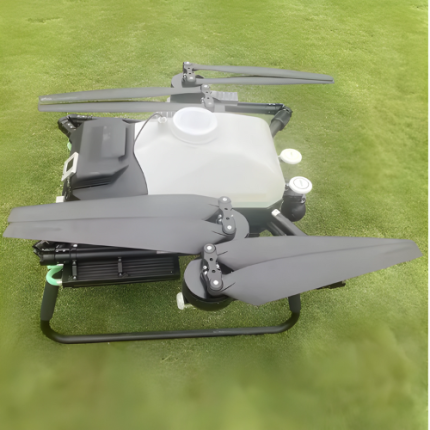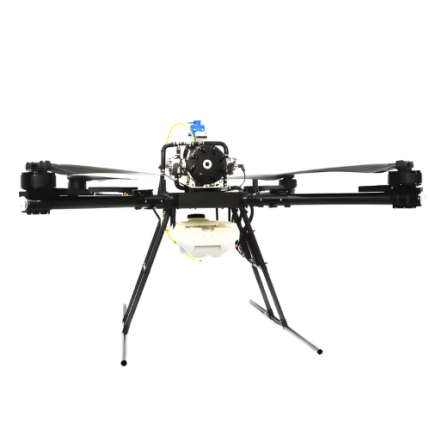GAOTek Air-Cooled Hybrid Drone Generator – Strong Environmental Adaptability
SKU:
GAOTek-GPD-112
GAOTek Crop Sprint Hybrid Spray Drone – Precision Spraying
SKU:
GAOTek-GPD-109
GAOTek Fuel-Powered Fixed-Wing Drone – Long-Endurance
SKU:
GAOTek-GPD-106
GAOTek Gasoline Aircraft Drone – Versatile Task Mounting
SKU:
GAOTek-GPD-110
GAOTek Gasoline Engine Agriculture Drone -Long-Range Flight Time
SKU:
GAOTek-GPD-111
GAOTek Helicopter Drone for Agricultural-Adjustable Flight Height
SKU:
GAOTek-GPD-108
GAOTek Hybrid Agricultural Drone Gas-Powered Efficiency
SKU:
GAOTek-GPD-107
GAOTek Hybrid Industrial Drone – Efficient Energy Usage
SKU:
GAOTek-GPD-102
GAOTek Hydrocool Agriculture Drone – Hybrid Power Supply
SKU:
GAOTek-GPD-103
GAOTek Water-Cooled Agriculture Drone – Fuel-Powered Hybrid Design
SKU:
GAOTek-GPD-105




















